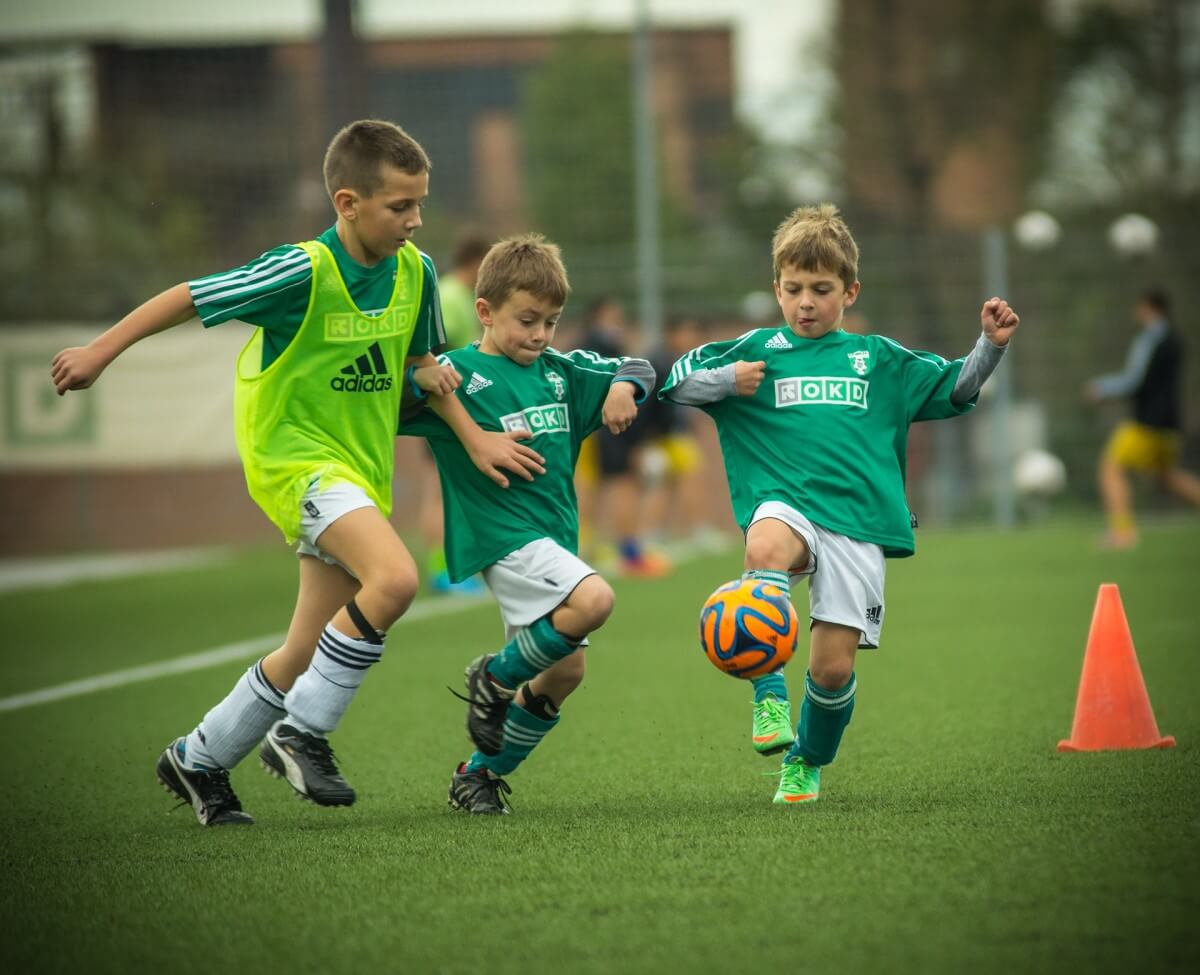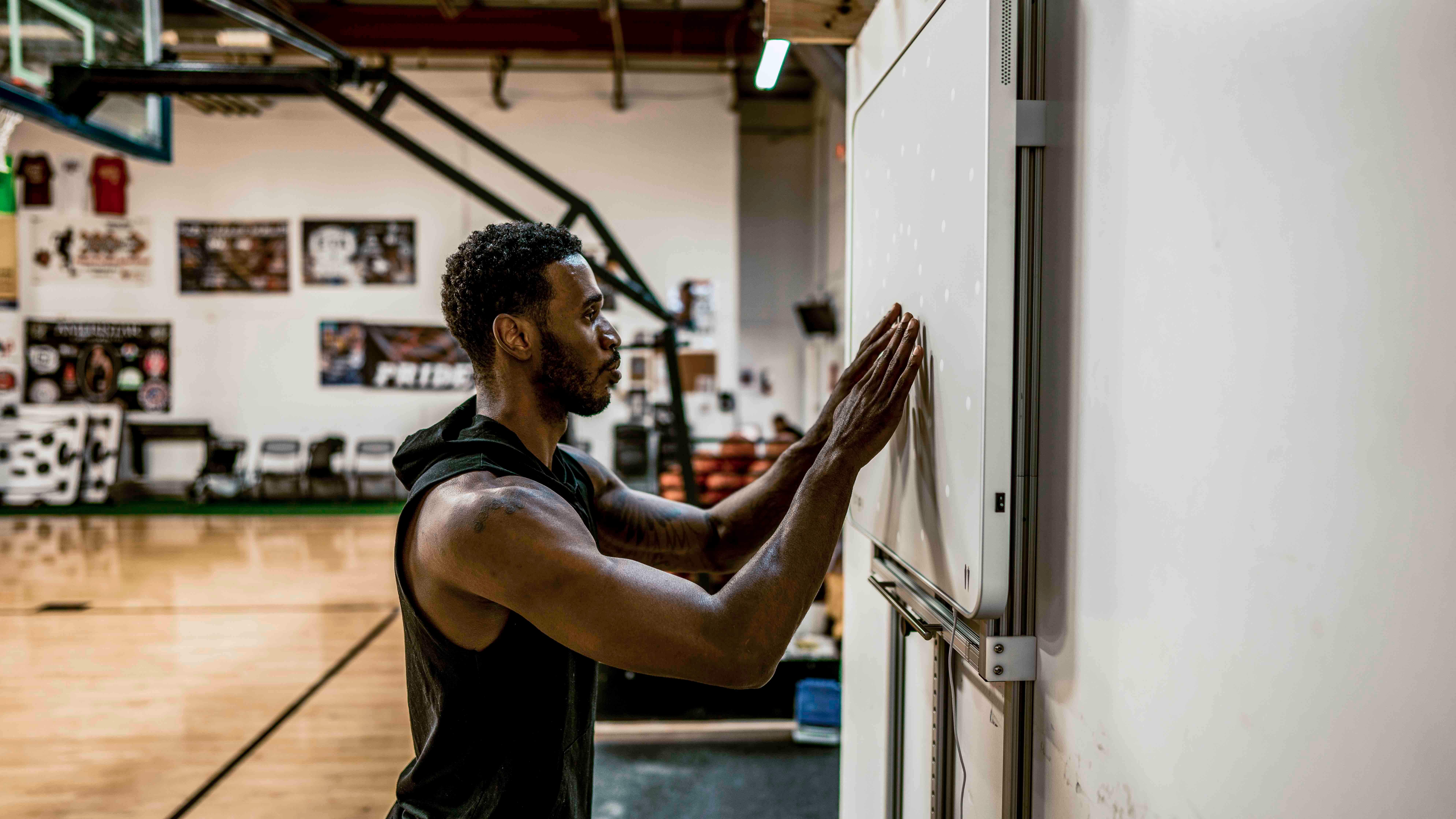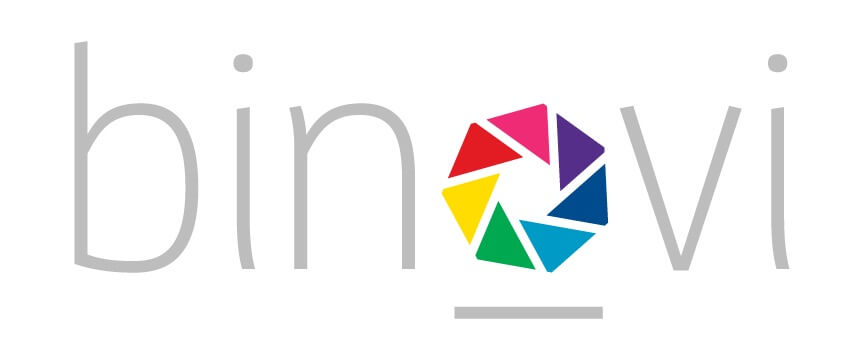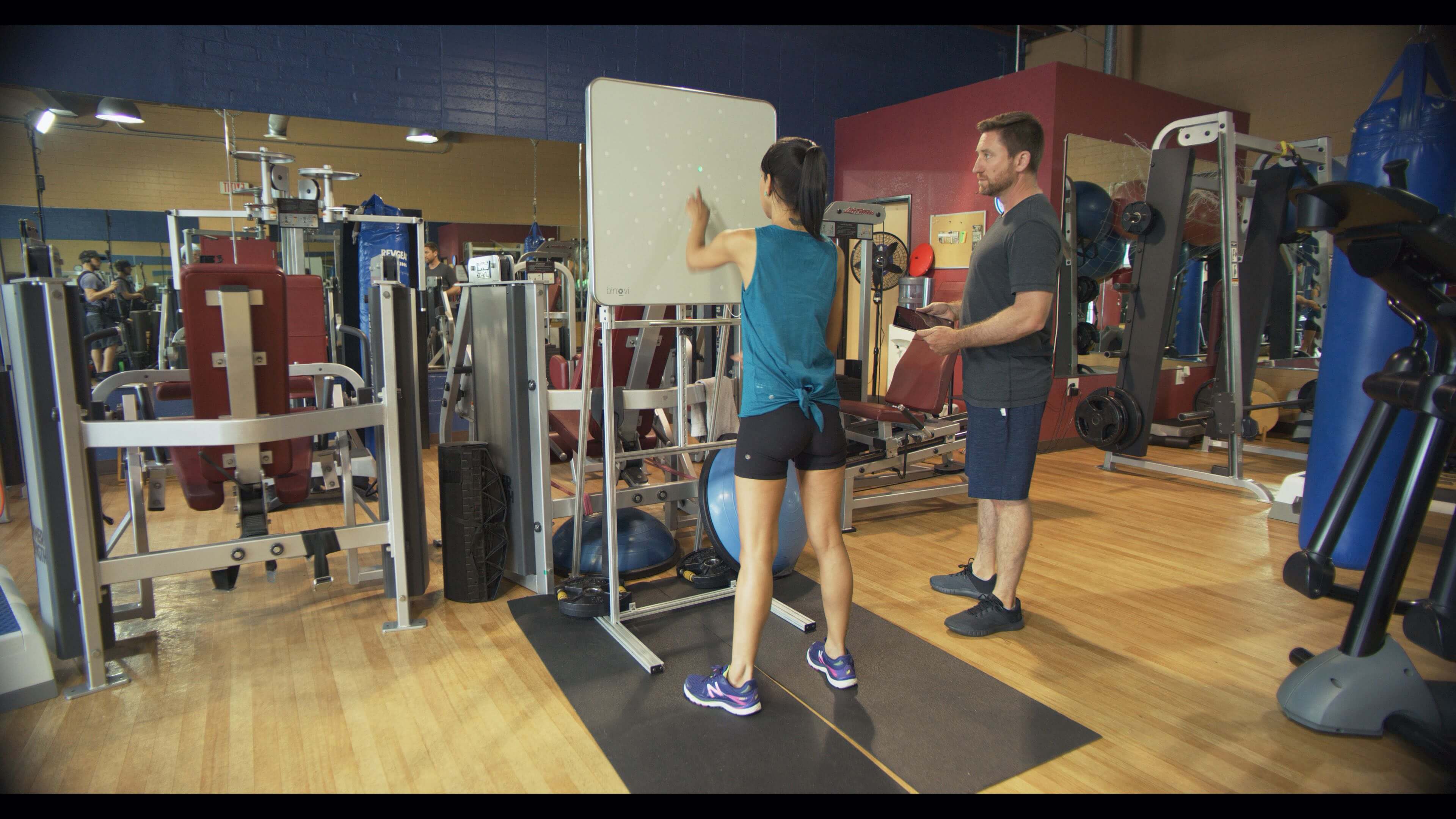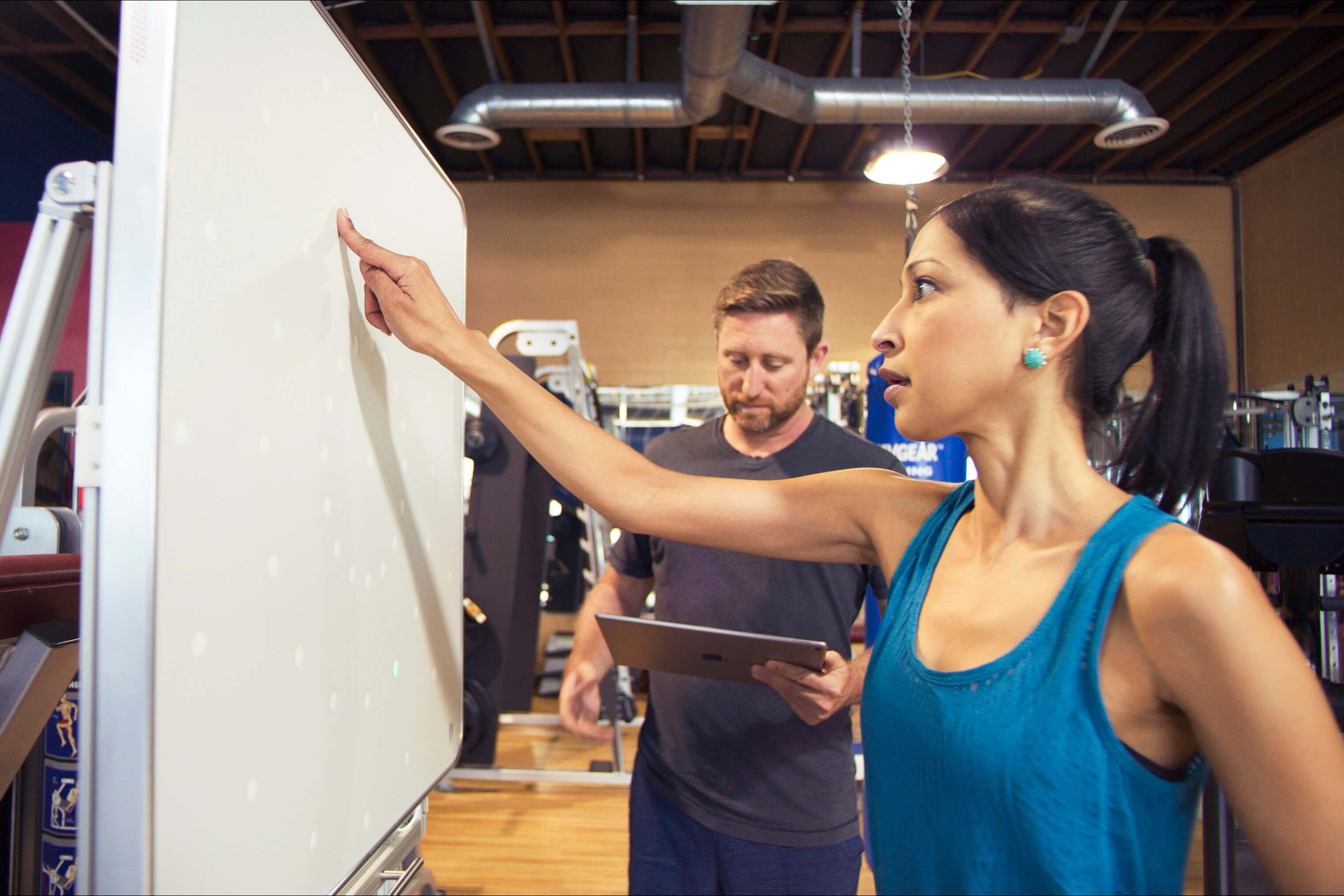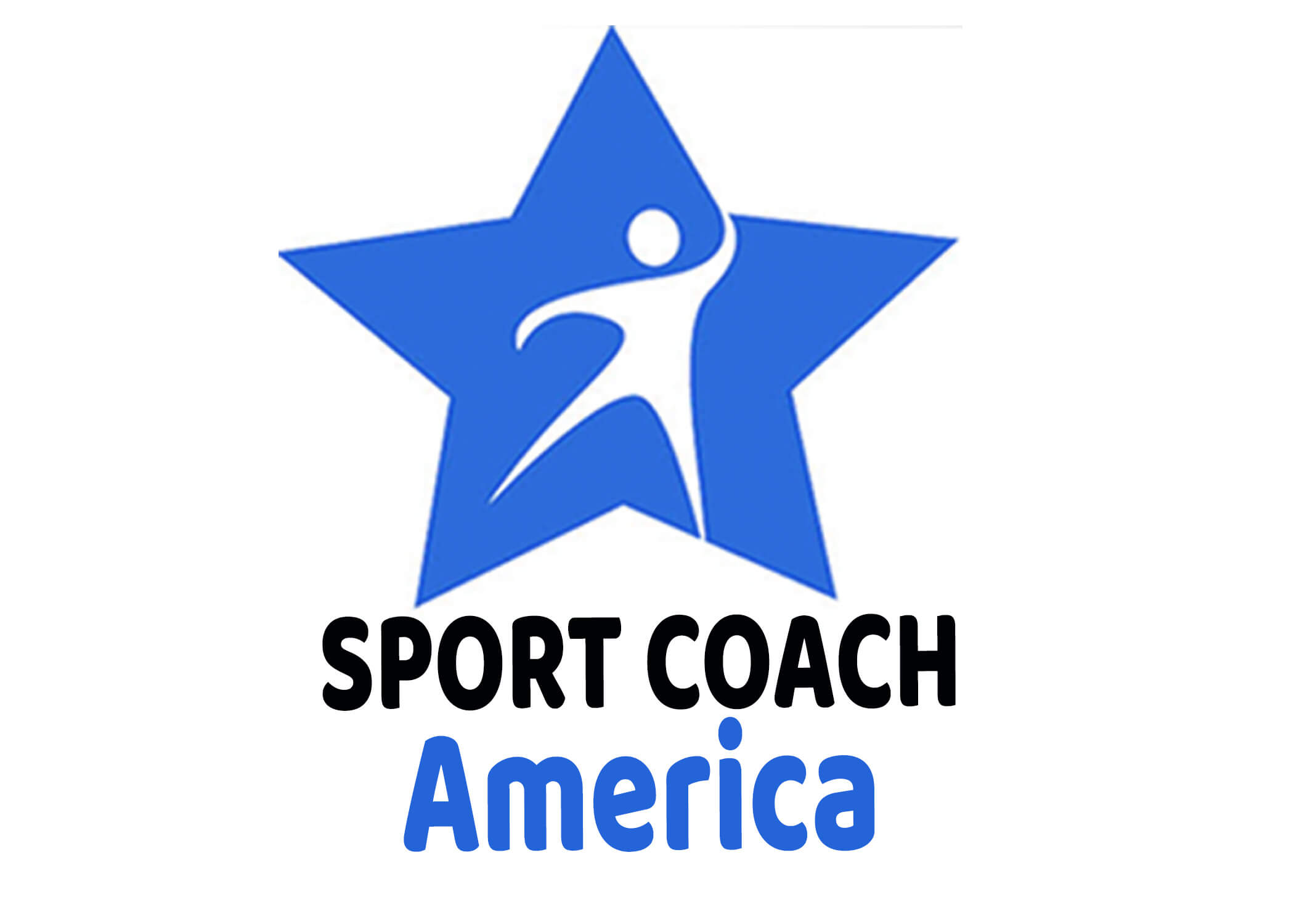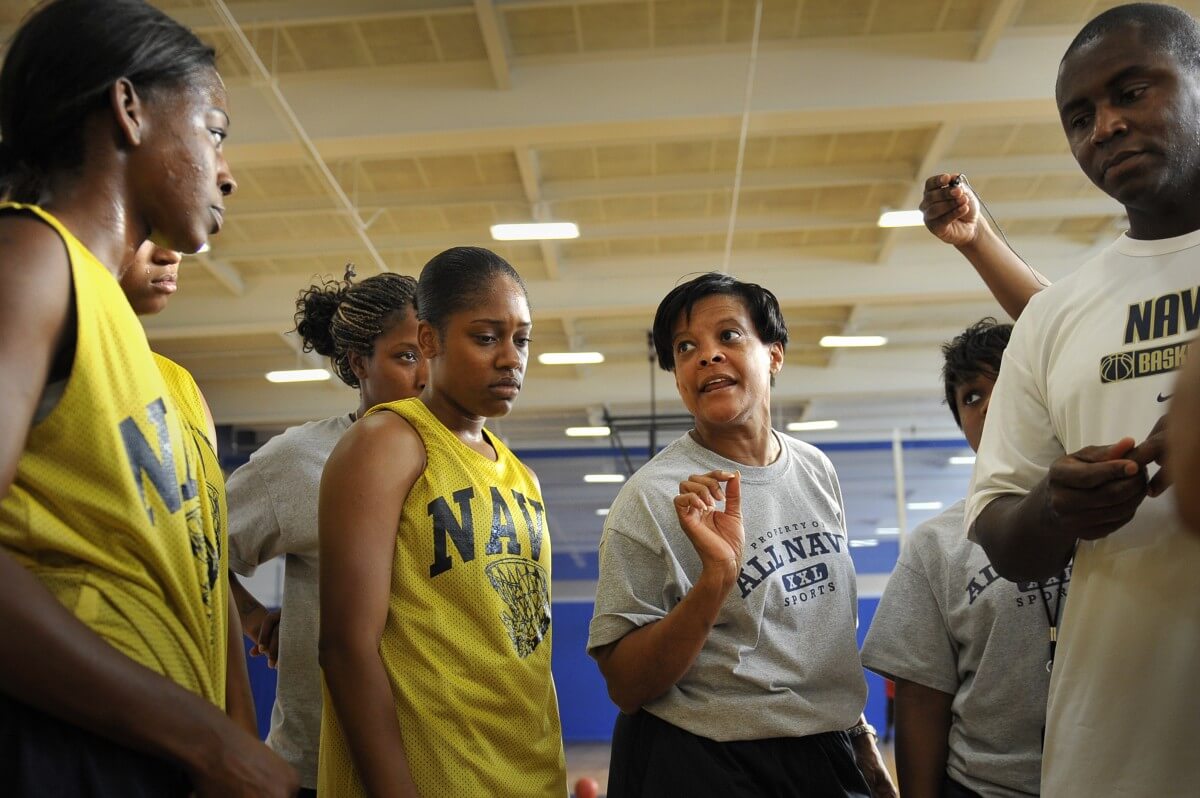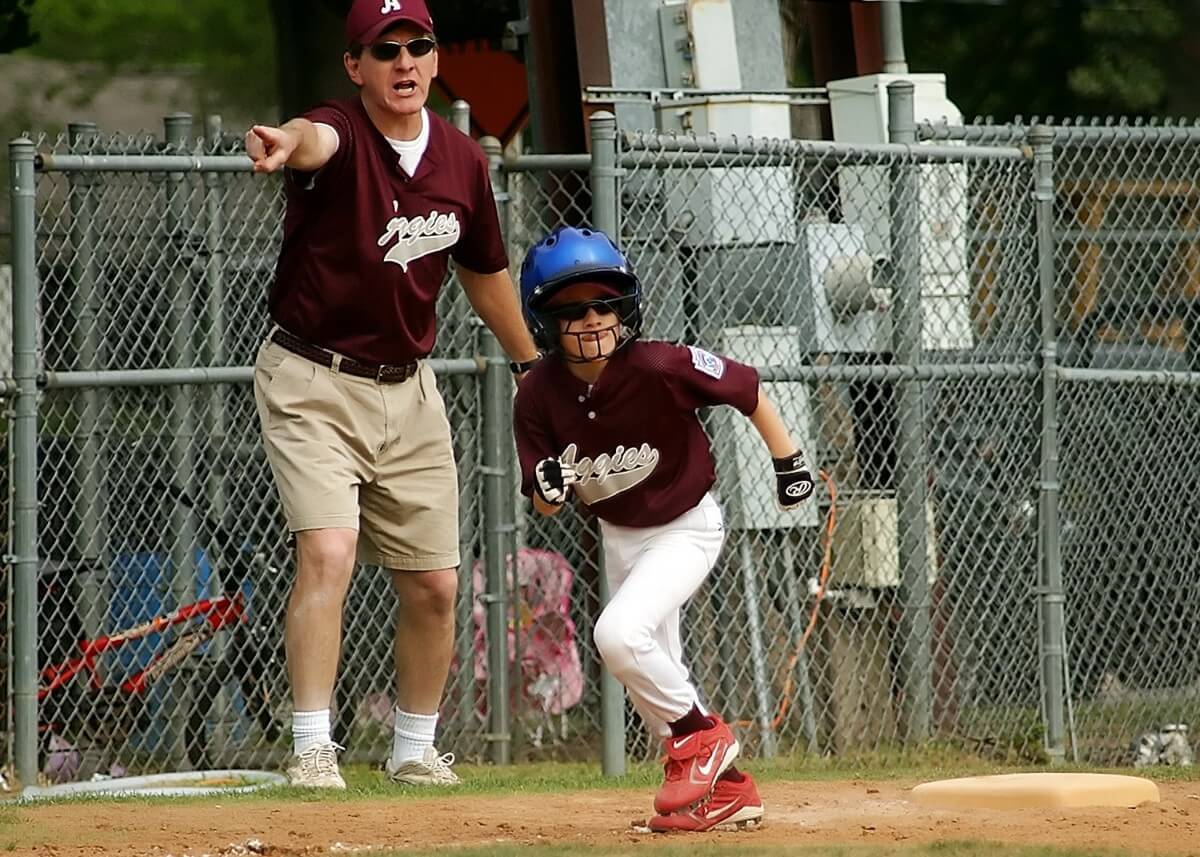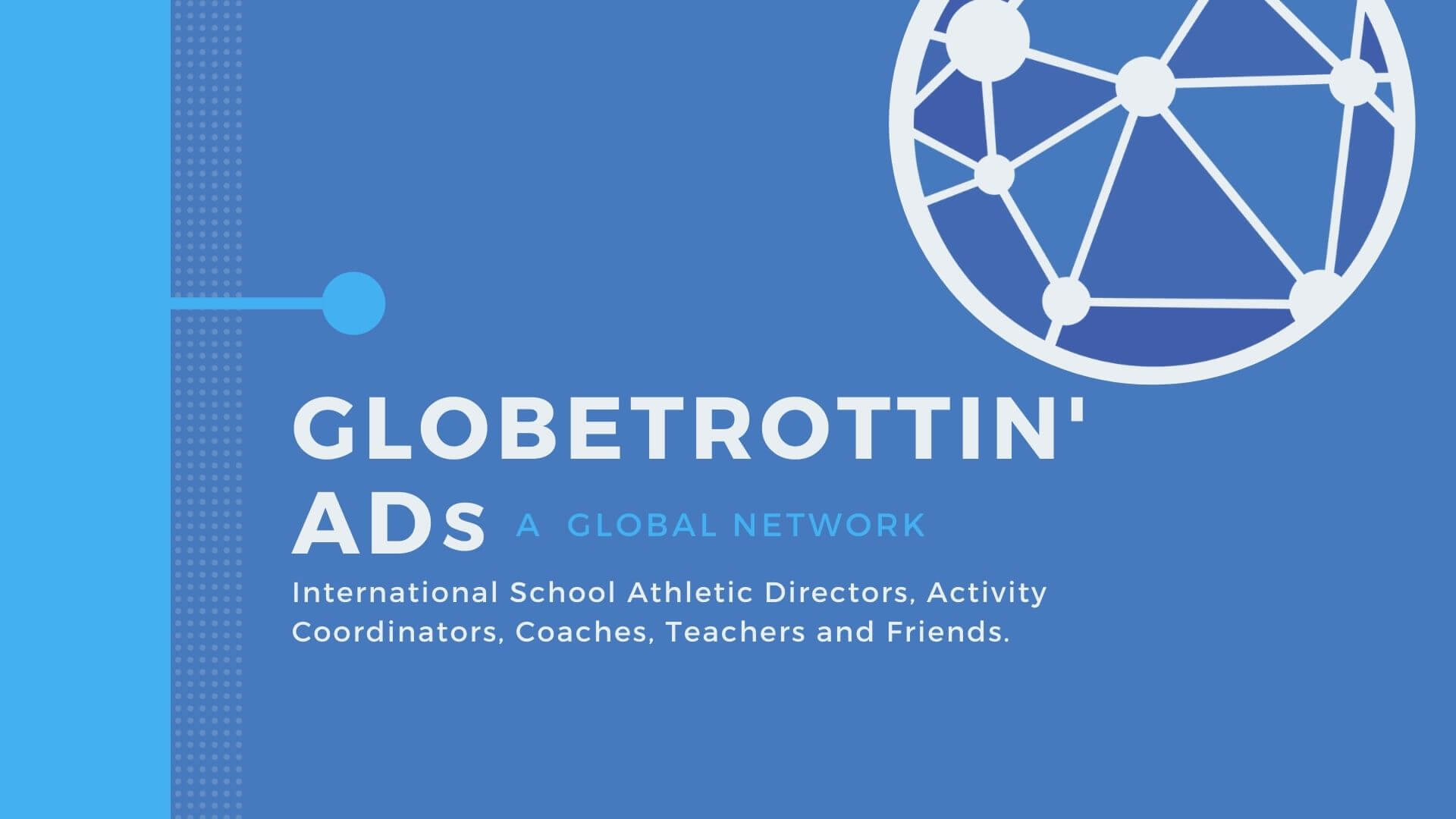
The positive link between athletics and academic performance has been proven over and over again. However, in schools around the world, it is still commonplace for student-athletes to hear from teachers that they need to make a choice between athletics and academics. Student-athletes may hear, “You cannot get the grades you want if you play on the basketball team” or “You will not have enough time to get your homework finished with so many practices and games.” On the flip side of this, the same student-athletes may hear from their coaches that they can do both successfully, but with some requirements: solid time management skills and realistic goal setting. Are our students like a tennis ball in a tennis match, being hit back and forth between teachers and coaches?
For some of our students, athletics is their only way forward. For those students that have their sights set on a top-notch university, they are sometimes told that athletics is one thing that can stand in their way of achieving their academic dreams. Athletics can be the only highlight of the day for some of our students and the only reason they continue to come to come to school. So, how as educators and coaches can we better connect athletes and academics so students see the advantages of both? Highlighting the important connections between athletics and academics was one of the goals of the Globetrottin AD’s Student-Athlete Leadership Conference but there were a whole lot more.

